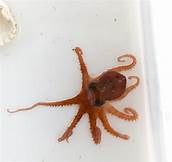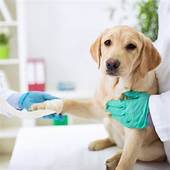How to Take a Pet Away from a Dementia Patient
Caring for a loved one with dementia can be challenging, especially when it comes to making difficult decisions about their well-being. One of these decisions may involve whether or not to take away their pet. While pets can provide companionship and comfort to dementia patients, they can also pose a safety risk or become too much for them to handle.

When to Consider Taking Away a Pet
There are a few signs that may indicate it's time to consider taking away a pet from a dementia patient:
1. The patient is no longer able to care for the pet. This may include feeding, walking, or cleaning up after the pet.
2. The patient is becoming aggressive or fearful of the pet. This could be due to changes in the patient's cognitive function or simply because they are no longer able to recognize their pet.
3. The pet is causing accidents or other problems in the home. This could include scratching furniture, chewing on shoes, or urinating/defecating in inappropriate places.
4. The pet is becoming a safety risk to the patient. This could be due to the pet's size, strength, or aggressive behavior.
How to Take Away a Pet from a Dementia Patient
If you've decided that it's in the best interest of your loved one to take away their pet, there are a few things you can do to make the process as smooth as possible:
1. Talk to your loved one about the situation. Explain to them why you're considering taking away their pet and try to address their concerns.
2. Make a plan for the pet. Decide where the pet will go and who will care for it. You may want to consider finding a new home for the pet or placing it in a pet shelter.
3. Be patient. It may take some time for your loved one to adjust to the loss of their pet. Be patient and supportive during this time.
Tips for Preventing Problems
There are a few things you can do to prevent problems from occurring between your loved one and their pet:
1. Provide adequate care for the pet. Make sure the pet is fed, walked, and groomed regularly.
2. Monitor your loved one's interactions with the pet. If you notice any changes in their behavior, take steps to address the situation.
3. Create a safe environment for both your loved one and the pet. This may include removing any potential hazards from the home and providing a secure place for the pet to stay when your loved one is not around.
By following these tips, you can help to ensure that your loved one and their pet have a safe and enjoyable relationship.
Declaration: All article resources on this website, unless otherwise specified or labeled, are collected from online resources. If the content on this website infringes on the legitimate rights and interests of the original author, you can contact this website to delete it.




